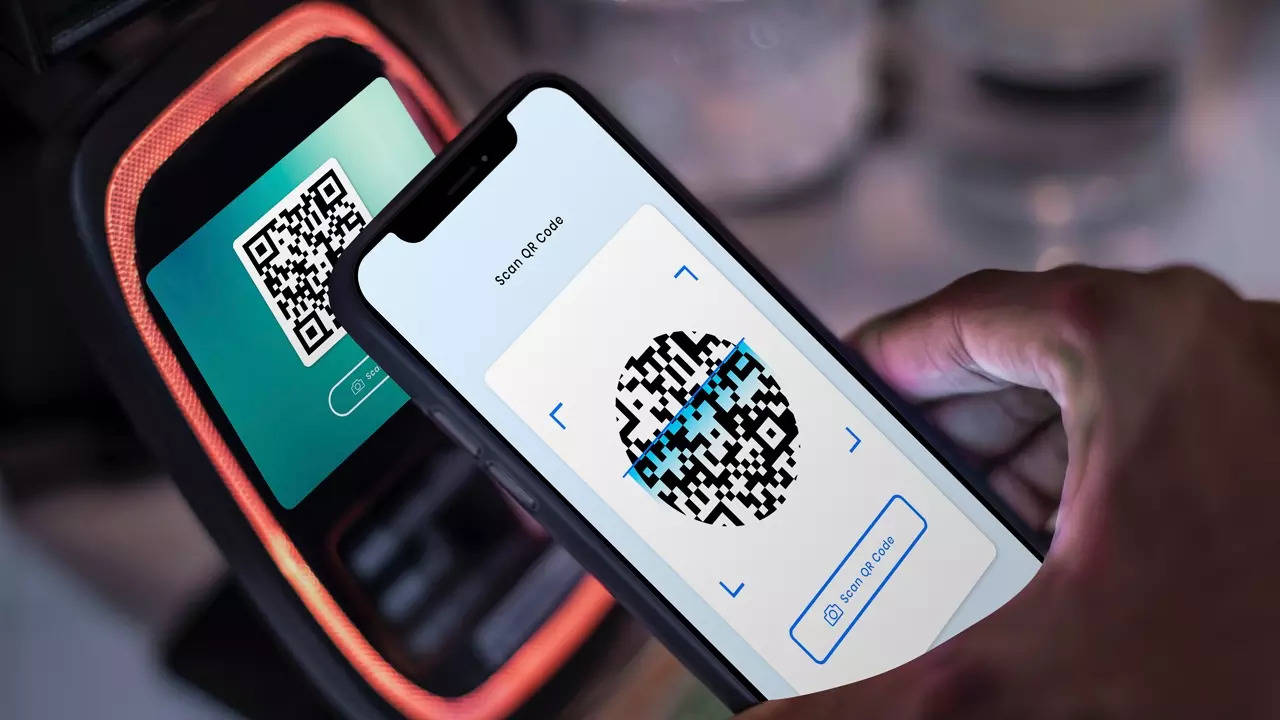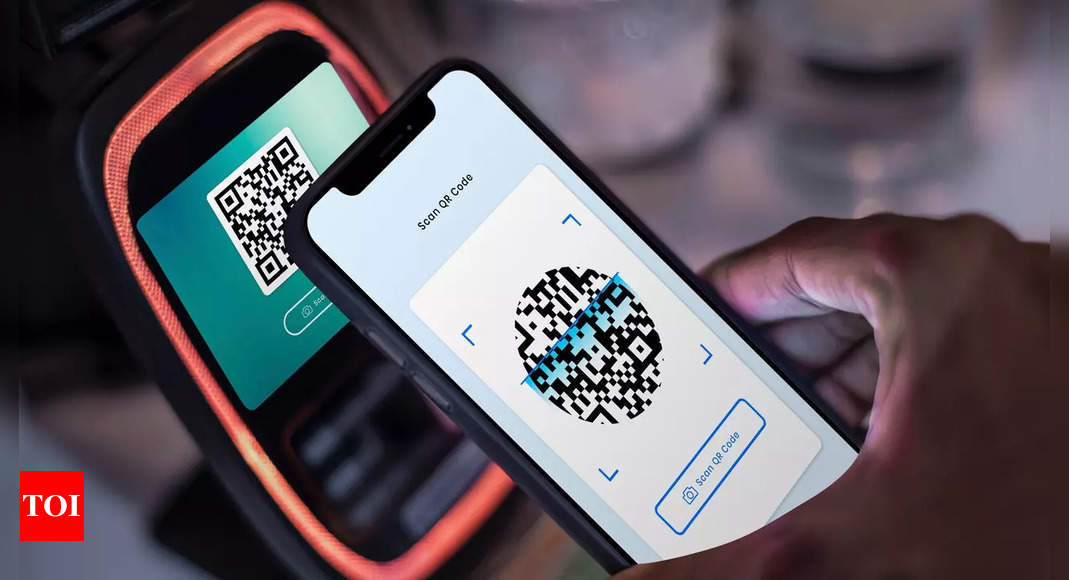
The next wave of digital payments in India is set to revolutionize the way people make transactions with the government. Following the Digital India policy, the National Informatics Centre (NIC), a government-backed organization, is developing applications that enable digital payments, settlements, and invoicing for various government departments. This move aims to move away from cash transactions and promote a more convenient and efficient payment system, according to an ET report.
Initially, the focus was on digitizing traffic challans, but now the government aims to extend digital payments to the village level.Panchayat tax payments and municipal corporation payments are also being digitized.
In addition, the NIC is testing the digitization of temple donations in partnership with payment major Worldline. Some pilot runs are being done in Tamil Nadu, people familiar with the development said.
These initiatives aim to replace traditional hundi systems, where people would physically drop their donations or make payments to temple trusts, with digital payment apps integrated into point-of-sale (PoS) terminals, a senior fintech executive said.
Worldline India chief executive Ramesh Narasimhan stated that they are currently running a pilot program in temples across Tamil Nadu and other locations. “Temples are very cash-heavy locations, the amount of money that goes into temples is mindboggling, the government wants to digitise all of that,” he said. To achieve this, most entities seeking digital payment capabilities approach their banks. Worldline is working closely with many Indian banks to deploy terminals on their behalf.
PoS terminals are capable of processing card and UPI payments. The apps being developed can accept payments for citizen services and generate receipts, simplifying the transaction process. By utilizing PoS terminals, which support both card and UPI payments, the government aims to digitize all person-to-government payments.
The availability of PoS and QR payment options at utility bill payment outlets has contributed to the rapid growth in PoS transactions, according to a report by PwC titled “Indian Payments Handbook-2022-27.”
The transition to smart PoS terminals is a significant development in the payment industry. Unlike traditional Linux machines, smart Android terminals can support multiple applications, making them capable of accepting various forms of payment, a senior fintech firm executive said.
Leading PoS deployers like Pine Labs, Paytm, and Worldline are already adopting these smart terminals, which can generate QR codes for UPI payments, provide receipts, and facilitate inventory transactions. By embracing such technology, government departments aim to enhance their digital payment acceptance capabilities.
Initially, the focus was on digitizing traffic challans, but now the government aims to extend digital payments to the village level.Panchayat tax payments and municipal corporation payments are also being digitized.
In addition, the NIC is testing the digitization of temple donations in partnership with payment major Worldline. Some pilot runs are being done in Tamil Nadu, people familiar with the development said.
These initiatives aim to replace traditional hundi systems, where people would physically drop their donations or make payments to temple trusts, with digital payment apps integrated into point-of-sale (PoS) terminals, a senior fintech executive said.
Worldline India chief executive Ramesh Narasimhan stated that they are currently running a pilot program in temples across Tamil Nadu and other locations. “Temples are very cash-heavy locations, the amount of money that goes into temples is mindboggling, the government wants to digitise all of that,” he said. To achieve this, most entities seeking digital payment capabilities approach their banks. Worldline is working closely with many Indian banks to deploy terminals on their behalf.
PoS terminals are capable of processing card and UPI payments. The apps being developed can accept payments for citizen services and generate receipts, simplifying the transaction process. By utilizing PoS terminals, which support both card and UPI payments, the government aims to digitize all person-to-government payments.
The availability of PoS and QR payment options at utility bill payment outlets has contributed to the rapid growth in PoS transactions, according to a report by PwC titled “Indian Payments Handbook-2022-27.”
The transition to smart PoS terminals is a significant development in the payment industry. Unlike traditional Linux machines, smart Android terminals can support multiple applications, making them capable of accepting various forms of payment, a senior fintech firm executive said.
Leading PoS deployers like Pine Labs, Paytm, and Worldline are already adopting these smart terminals, which can generate QR codes for UPI payments, provide receipts, and facilitate inventory transactions. By embracing such technology, government departments aim to enhance their digital payment acceptance capabilities.
Source link

